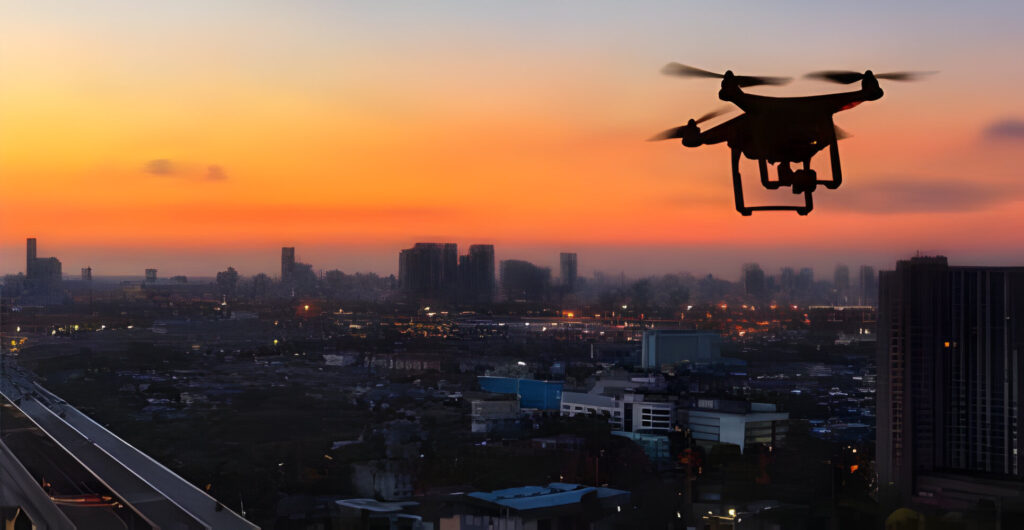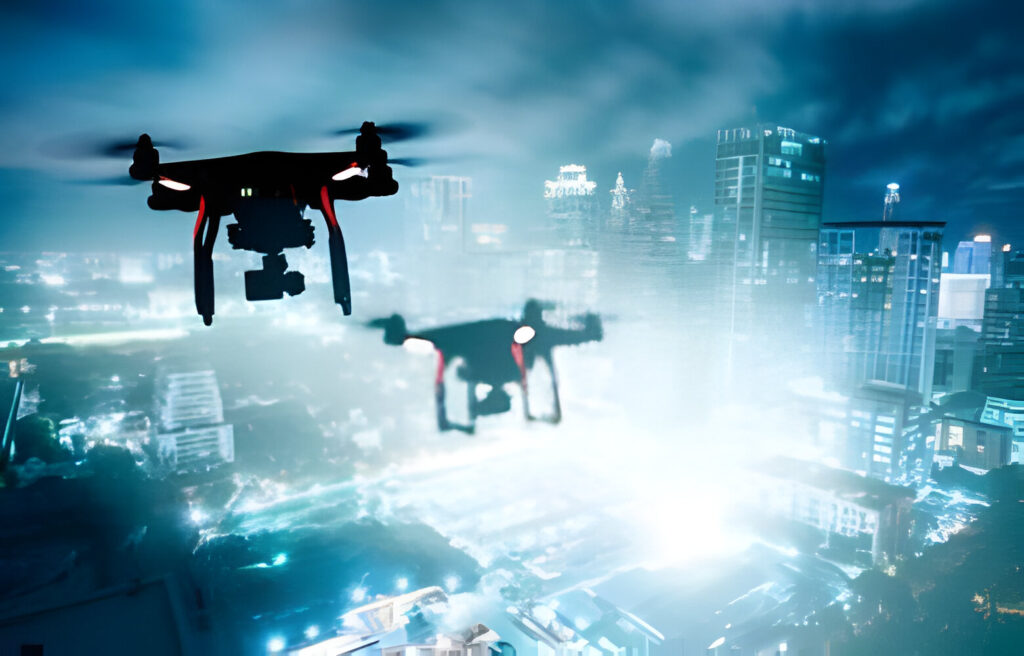In the realm of modern surveillance, the use of drones has become increasingly prevalent, particularly during nighttime operations. Understanding the nuances of surveillance drones at night is crucial for both professionals in the field and those curious about emerging technologies. This guide aims to delve deep into the workings of these drones, their applications, challenges, and prospects.
- Understanding Night Surveillance
Night surveillance presents unique challenges due to limited visibility. Surveillance drones equipped with advanced technology are designed to overcome these obstacles. These drones utilize infrared sensors, low-light cameras, and thermal imaging to capture clear footage in darkness.

Night surveillance drones play a pivotal role in law enforcement, border security, wildlife monitoring, and disaster response. By providing real-time aerial footage, they enhance situational awareness and aid in decision-making processes.
- How Surveillance Drones Operate at Night
Surveillance drones at night rely on sophisticated navigation systems and sensors to navigate and gather data in low-light conditions. These drones often feature autonomous flight capabilities, allowing them to operate effectively without constant human intervention.
Equipped with night vision cameras and thermal imaging technology, surveillance drones can detect heat signatures and identify objects even in complete darkness. This capability is invaluable for conducting covert operations and monitoring remote areas during nighttime.
- Applications of Night Surveillance Drones
Night surveillance drones find applications across various sectors, including law enforcement, military, search and rescue, and environmental monitoring. Law enforcement agencies use these drones for surveillance, crime prevention, and search operations in urban and rural settings.

In the military domain, night surveillance drones play a crucial role in reconnaissance missions, target acquisition, and battlefield surveillance. Their ability to gather intelligence covertly makes them indispensable assets for military operations.
Challenges and Limitations
Despite their advanced capabilities, surveillance drones at night face several challenges and limitations. Adverse weather conditions, such as fog and rain, can affect visibility and compromise the effectiveness of these drones. Additionally, obstacles such as trees and buildings may obstruct the drone’s line of sight, hindering navigation and data collection.
Another challenge is the risk of detection by adversaries, particularly in sensitive operations. Countermeasures such as anti-drone systems pose a threat to the safety and security of surveillance drones operating at night.
Future Trends and Innovations
The future of surveillance drones at night holds promise with ongoing advancements in technology. Innovations in artificial intelligence, machine learning, and sensor technology are poised to enhance the capabilities of these drones further.
One emerging trend is the integration of swarm intelligence, enabling multiple drones to collaborate seamlessly on surveillance missions. Additionally, advancements in battery technology may extend the flight time of drones, allowing for prolonged missions during nighttime.
Addressing Privacy Concerns
As the use of surveillance drones continues to expand, concerns regarding privacy and civil liberties have come to the forefront. Regulatory frameworks need to address these concerns adequately while balancing the need for security and public safety.
Regulations governing the use of surveillance drones must ensure transparency, accountability, and respect for individual privacy rights. Stakeholder engagement and public discourse are crucial for developing policies that strike the right balance between security and privacy.
Surveillance Drones at Night: FAQs
Q: How far can surveillance drones see at night?
Surveillance drones equipped with advanced night vision cameras can see up to several hundred meters in low-light conditions.
Q: Are surveillance drones legal for civilian use at night?
The legality of civilian drone operations at night varies by country and jurisdiction. It is essential to familiarize oneself with local regulations and obtain necessary permits before conducting nighttime flights.
Q: Can surveillance drones operate in extreme weather conditions?
While some surveillance drones are designed to withstand adverse weather conditions, such as rain and wind, extreme weather may affect their performance and flight capabilities.
Q: How long can surveillance drones operate continuously at night?
The flight time of surveillance drones depends on various factors, including battery capacity, weather conditions, and payload. On average, most drones can operate for 20-30 minutes on a single battery charge.
Q: What safety measures should be taken when operating surveillance drones at night?
Operators should conduct thorough pre-flight checks, ensure proper maintenance of the drone, and adhere to safety guidelines issued by regulatory authorities. Additionally, maintaining a visual line of sight and avoiding crowded airspace is crucial for safe nighttime operations.
Q: Can surveillance drones be hacked or intercepted during nighttime missions?
Surveillance drones are susceptible to hacking and interception, posing security risks during nighttime missions. Implementing robust encryption protocols and security measures can mitigate these risks and ensure the integrity of drone operations.
Conclusion
Surveillance drones at night represent a powerful tool for enhancing security, surveillance, and situational awareness. By leveraging advanced technology and innovative solutions, these drones offer invaluable capabilities for various applications. However, addressing challenges such as privacy concerns and regulatory frameworks is essential to ensure responsible and ethical use of this technology.


